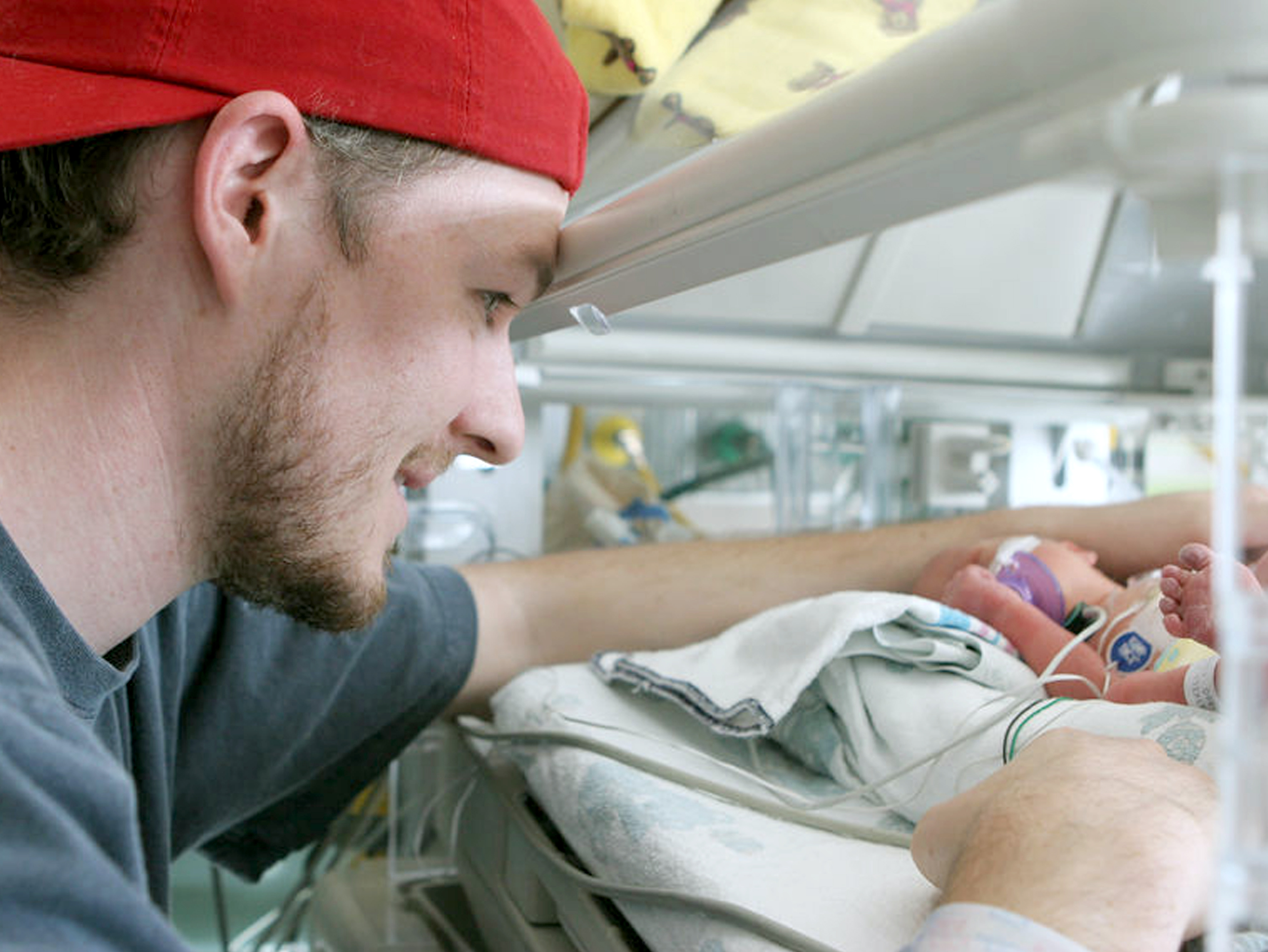In general, outcomes for premature babies are very good. Before the development of neonatal intensive care units (NICUs), many premature babies did not survive. The introduction of incubators, advancements in mechanical ventilation, medical treatment, feeding and nutrition practices, as well as a more complete understanding of newborn baby physiology (how the body works), have increased premature baby survival dramatically. As a result, some premature babies who would have died in the past now survive but may have lifelong medical problems or difficulties in one or more areas of their development. Health-care professionals make this distinction using the words “morbidity” and “mortality.”
Mortality and morbidity
Mortality is the rate of death or the number of premature babies admitted to an NICU who do not survive compared to those who do.
The overwhelming majority of babies with access to modern technology and medical techniques available in the NICU now survive. At the same time, there are limits to the medical technology and techniques available in the NICU; some babies who are born too soon are too small to either save at all or save without long-term medical problems or disability.
Morbidity is the number of babies who survive but with lasting moderate to severe complications, compared to the number who survive with no lasting complications. These complications may include respiratory disorders, feeding and growth challenges and neurodevelopmental disabilities (cerebral palsy, autism spectrum disorder, intellectual and learning disabilities, vision and hearing impairment).
Medicine has become very successful at keeping premature babies alive, especially the extremely premature, but they tend to have more complications than other premature babies.
Outcomes
In general, outcomes are related to:
- the gestational age, or the number of completed weeks of pregnancy
- the weight of the baby at birth
- the number and scope of medical complications
Premature babies are categorized by gestational age as:
- late preterm (34 to 36 weeks)
- moderately preterm (32 to 36 weeks)
- very preterm (28 to 31 weeks)
- extremely preterm (less than 28 weeks)
They can also be categorized by their birth weight. The mortality rates and rates of moderate or severe neurodevelopmental disability are different for each category and may vary by country or region.
The mortality rates and rates of moderate or severe neurodevelopmental disability are highest for extremely premature (<28 weeks) and extremely low birthweight infants (<1000 g).
Statistics and the individual baby
Mortality and morbidity statistics are based on group data and do not take into account the individual baby.
The body is very much an interconnected system. The ways that two or more complications affect each other can have a huge impact on morbidity and mortality, making the course and outcomes of illness difficult to predict.
Some, though few, extremely premature babies do surprisingly well and go on to thrive as healthy children. Conversely, some mildly premature babies who are expected to do well develop complications and lifelong problems or do not survive at all.
This is not to say that statistics and outcome data should be ignored. This information is extremely useful to the health-care team who is devoted to producing the best possible outcomes for premature babies. Mortality and morbidity data can help them anticipate and predict problems that have not surfaced yet and allow for pre-emptive or preventive treatment that will benefit the baby.
Outcome statistics are not definitive. Rather, they are a guide to be used by medical professionals, and parents and families. Predicting an individual baby’s outcome cannot be done with absolute certainty. Given all the possible combinations of complications premature babies may face, making an actual outcome prediction can be complex, even impossible. At other times, a particular complication or series of complications may make a prediction of a baby’s outcome clearer. The health-care team will share all available information when discussing treatment options with parents in the NICU.
